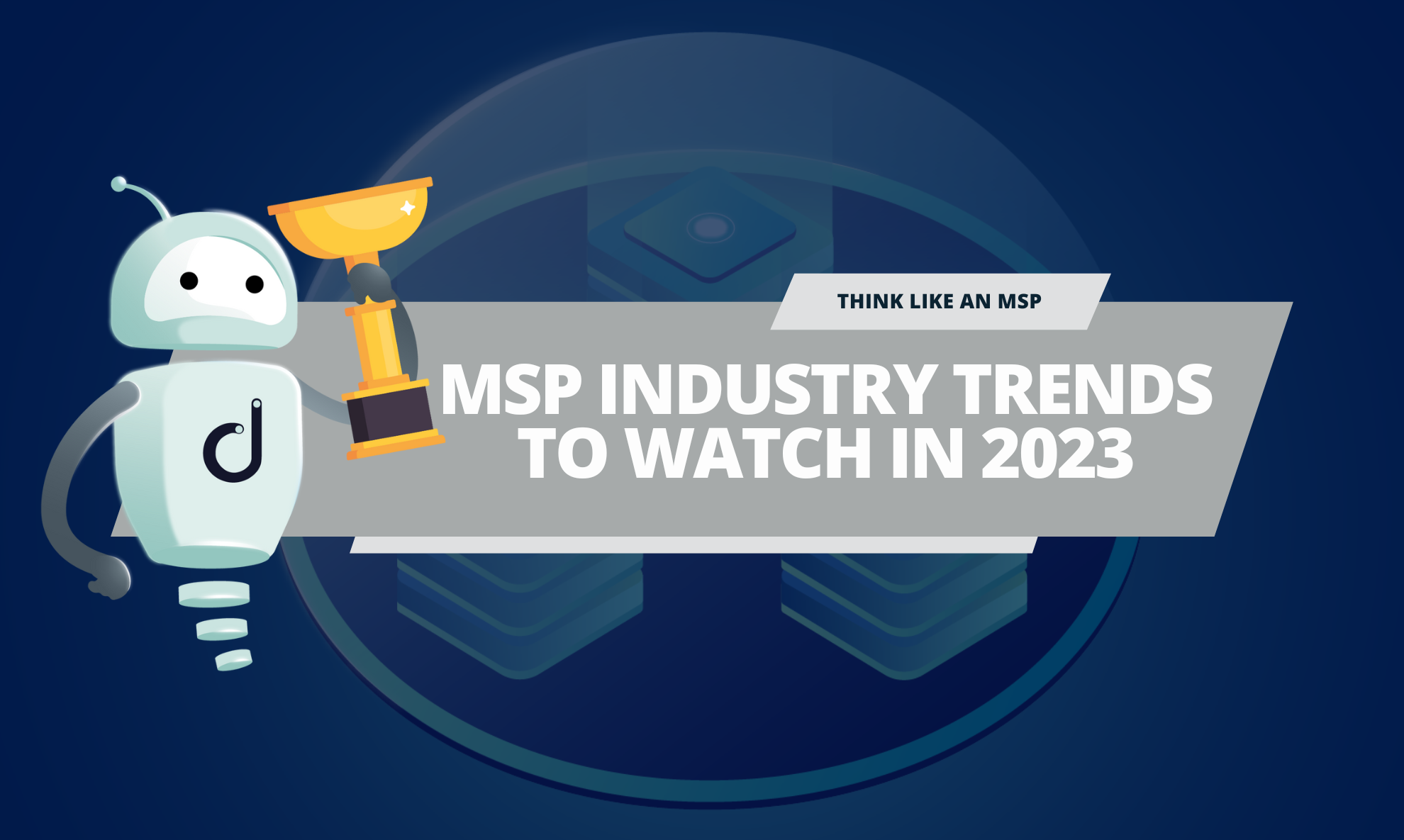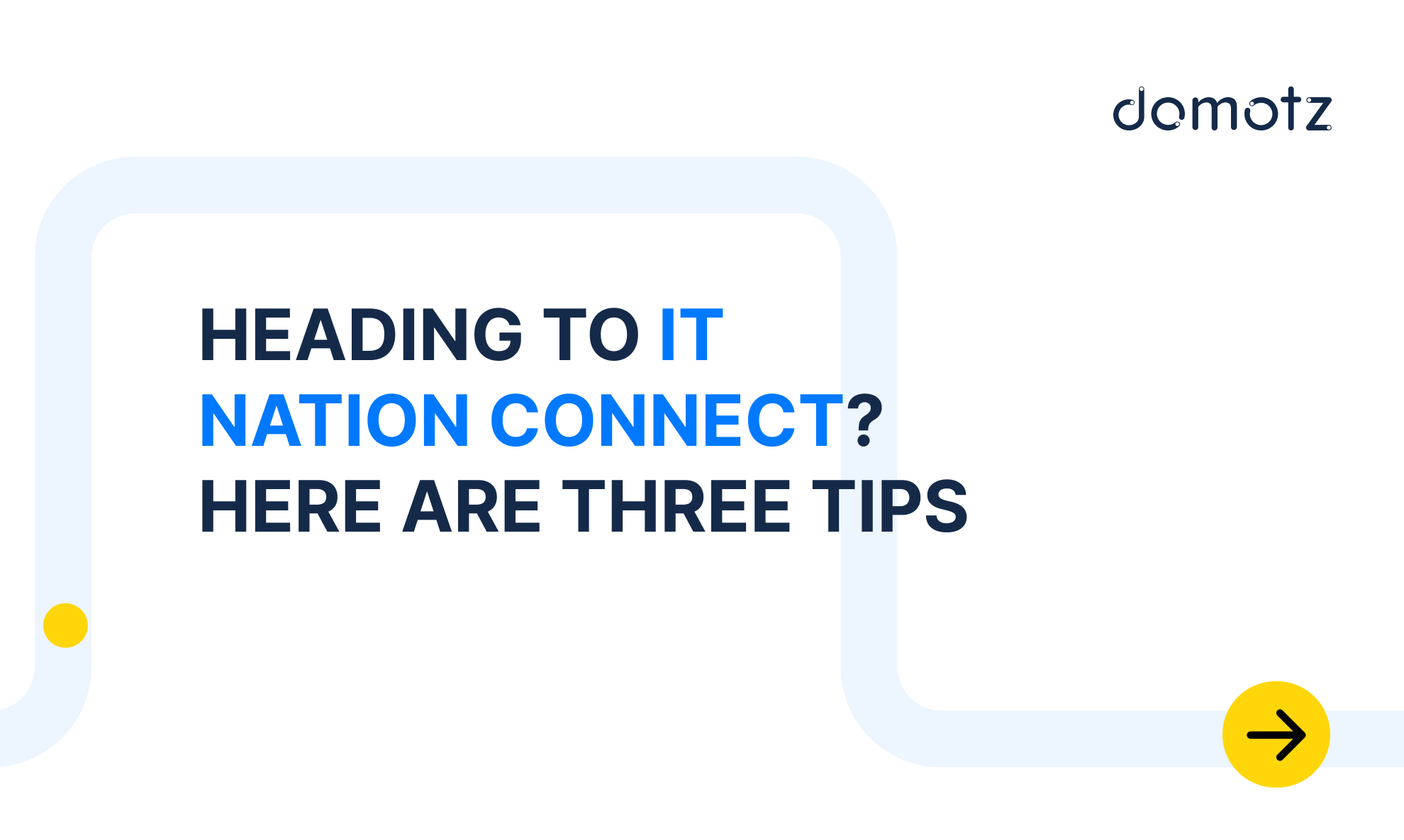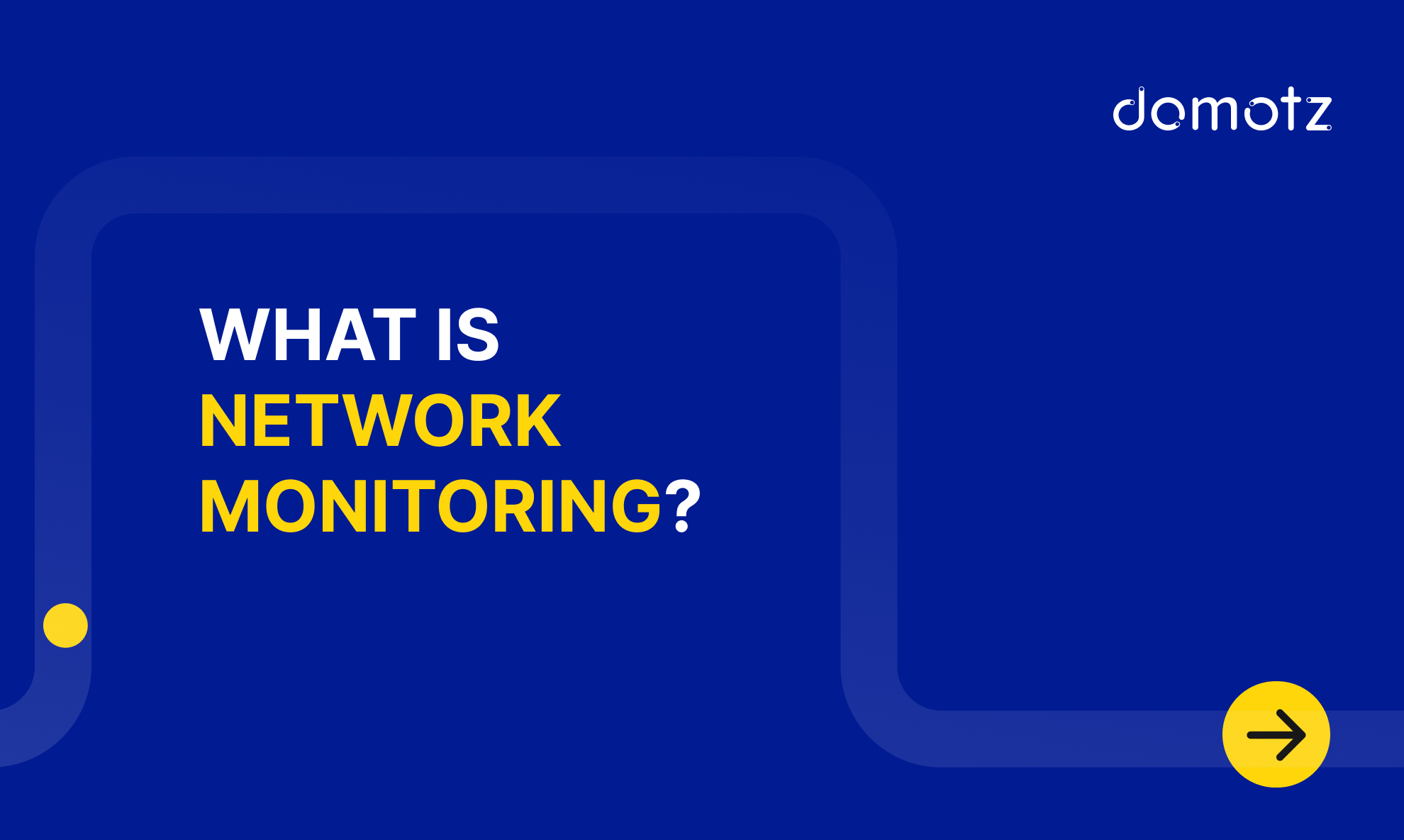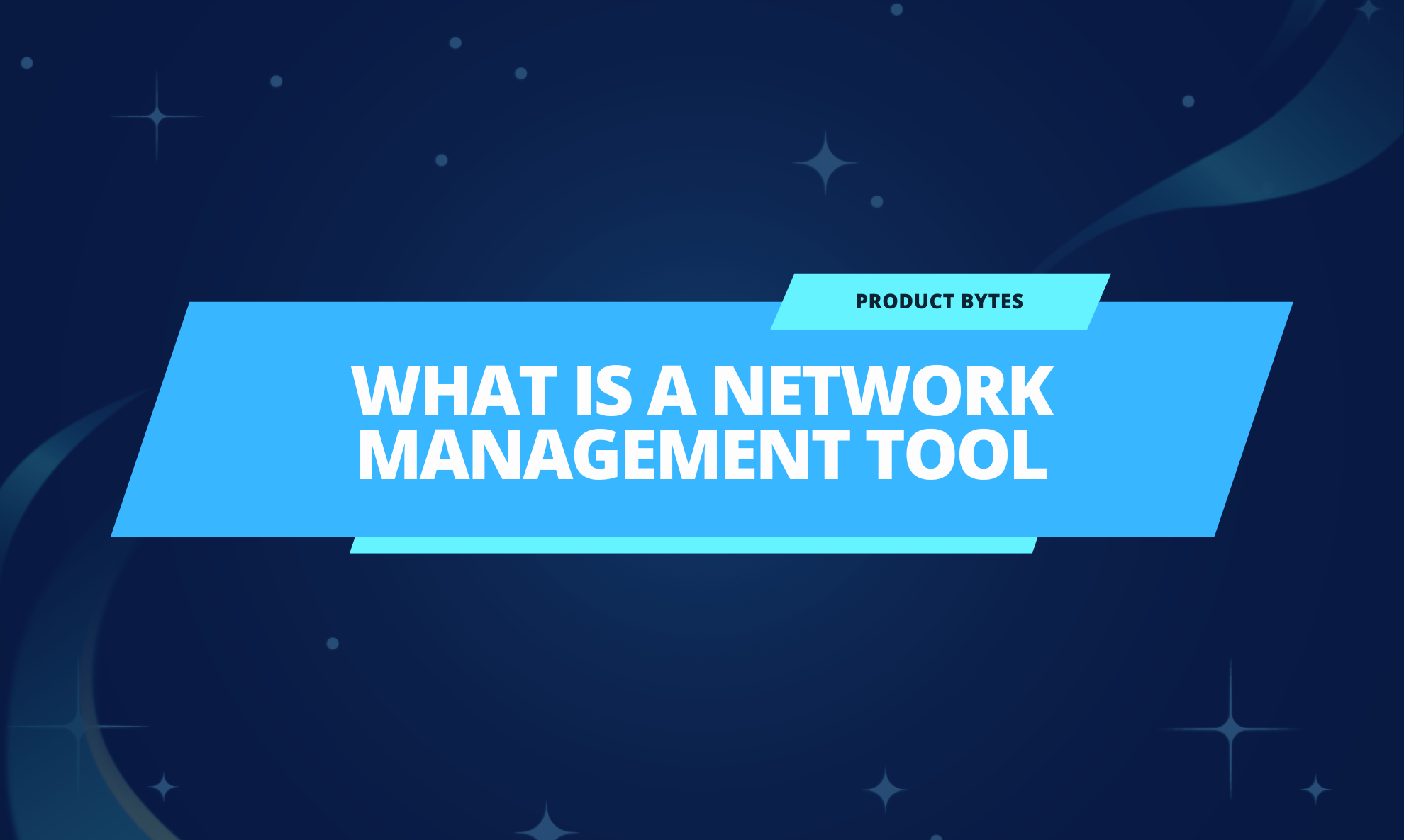Global economic uncertainty, soaring inflation, risk recession, rising costs. These challenges in the worldwide economy bring out new turbulence for MSPs. All you need to do is check the world uncertainty index to understand that changes are coming quickly, which will also impact you as an MSP. Despite this fact, worldwide IT spending will grow in 2023, according to Gartner Forecasts.
Let’s explore some of the most critical MSP industry trends for 2023.
#1 Hybrid Workforce Management
One key MSP Industry Trend for 2023 is managing hybrid workforces. As a result of the COVID-19 pandemic, many MSPs are opting for a hybrid model of remote and in-office work. This new working model offers greater flexibility and freedom for the employees to choose where they feel more productive. On the other hand, such work organization creates new challenges for your business.
Here are the challenges you might face with managing a hybrid workforce:
First, you must provide your employees with the necessary hardware and software. Necessary hardware can include laptops, webcams, or specific software.
Secondly, you must implement solutions that provide secure access to all devices to company networks, such as virtual private networks (VPNs) and more.
In addition, your remote workers need ongoing support and training to use tools and technologies. How will you provide this remotely?
Finally, the biggest challenge with remote working is security. You must have all the tools to protect remote workers from cyber threats. In other words, you must implement strong security measures, such as firewalls, security software, and regular updates of programs and systems. In addition, you also need to educate your remote workers on best practices to avoid security threats.
#2 Security
Security is on top of the MSP Industry Trends for this year too. Security is always on top of the priority list if you’re an MSP. However, security exposure is even more significant in a hybrid environment where workloads and data are spread across multiple cloud platforms.
Remote workers highly depend on technology. In fact, technology increases an organization’s vulnerability to security threats. Understanding security risks in hybrid work environments can help you develop the necessary policies and security technologies to keep infrastructures safe.
The only way to effectively combat security threats is to rely on good automated network security software. Using such a tool, you can receive notifications when suspicious events occur on your monitored networks. This way, you can resolve issues remotely before they become real problems for your customers. Learn more on how a network monitoring system can improve network security.
#3 Cyber Security as a Service (CSaaS)
As the threat landscape evolves and becomes more sophisticated, another MSP Industry Trend emerging this year is Cyber Security as a Service.
CSaaS is a comprehensive solution that provides end-to-end cybersecurity protection for organizations. CSaaS offers clients cybersecurity services, including vulnerability assessments, threat detection, and incident response.
This trend might offer an ample opportunity for your MSP since CSaaS is a significant developing market with solid margins. It might be a good idea to add CSaaS to your service offerings as the demand for cybersecurity expertise grows.
To explain more, CSaaS involves outsourcing cybersecurity to a third-party provider responsible for monitoring and managing the security of the client’s network. This service model can provide businesses with cost-effective and scalable security solutions.
Three reasons why you might leverage this trend and start offering CSaaS to your clients:
- Scalability: Tailor CSaaS to the specific needs of your clients, whether they are small businesses or large enterprises. This flexibility allows you to provide customized solutions that meet the unique requirements of each of your clients.
- Predictable pricing: Clients pay a monthly or annual subscription fee, which includes all cybersecurity services. Paying for CSaas eliminates the need to purchase expensive cybersecurity software and hardware and allows your clients to budget for cybersecurity as a predictable expense.
- Comprehensive protection: Offer 24/7 monitoring and real-time threat detection capabilities. This proactive cybersecurity approach will help you quickly detect and respond to security threats. As a result, you’ll minimize the potential damage from security breaches.
Overall, CSaaS is a trend that will gain momentum in 2023. Offering CSaaS to your clients will help you provide comprehensive cybersecurity protection while differentiating yourselves from competitors.
#4 Rising Costs
There are rising costs in the MSP market due to various factors. In fact, all MSP industry trends for 2023 take influence from overall price increases. Some factors are increasing competition, technological changes, and fluctuating demand. Obviously, there are many other factors, such as inflation, rising costs for good services and hardware, paying more employees, etc.
To navigate these challenges and maintain profitability, there are several easy steps you can take.
Here are some ideas for optimizing your costs:
- Optimization: Improve operational efficiency by optimizing processes, streamlining workflows, and reducing overhead costs.
- Explore new revenue streams: Explore new revenue streams by expanding service offerings, partnering with complementary businesses, or targeting new customer segments.
- Negotiate with vendors: Negotiate with vendors to obtain better pricing or look for alternative suppliers to reduce costs.
- Automate more: Leverage automation and network management tools to automate routine tasks, reduce labor costs, and improve service quality.
By adopting these strategies, you can manage rising costs, remain competitive, and continue to provide value to your customers.
Overall, reviewing the software you use can provide an opportunity to identify cost savings and optimize your operations.
#5 MSP Talent Acquisition
One of the most recent MSP industry trends that has emerged is finding the best employees. Finding the right IT experts has always been challenging if you own an MSP. However, there are some recent trends that will define the talent acquisition market in 2023.
Needs of IT professionals have seen significant changes in recent years thanks to an uncertain job market. Thus, you may need to incorporate these new demands into your talent acquisition strategy this year. For 2023 this may include
- Define your best employee: Explore more about the new work environment changes to respond to the emerging employee needs.
- Improve your recruiting process: Build talent pipelines to improve recruitment efficiency and evaluate candidates effectively. In many cases, you can consider using talent analytics to determine which new roles are needed to develop your business and find the best employees that might fit for those roles.
Find here an article with some good tips on how to improve your recruitment process.
- Improve overall productivity: Hire people that can help you build a company culture. Provide growth opportunities and benefits packages that attract people and make them feel significant to your business. Happy people achieve results that produce pleasure and satisfaction. They pursue activities that get tangible results. Discover more about what successful people do differently.
Among your employee demands, you can focus on combating the causes of post-pandemic stress. Some IT staff may have trouble remaining productive. Others may even face remote working burnout. There is a lot to explore here. Check out our article about MSP mental health.
#6 Efficient and Affordable Business Management Tools
If you’re an MSP you are likely facing pressure in terms of costs and ongoing contracts. To fight the recession, it may be time to consider what software you’re using and whether you can find cheaper alternatives that better meets your needs.
Some good questions to ask yourself when it comes to costs are:
- Is the tool I’m using worth my money and time?
- Are there cheaper alternatives that would cover all the features I need?
- Am I happy with the tool I’m using?
- Is there an easier tool that would save me time?
Here are some more things to consider when it comes to efficiency and costs:
- Adding a network monitoring system: adding an NMS to your stack can help you cover features not currently available through your RMM. This can help you expand your services and generate more incoming monthly revenue.
- Review your RMM contacts: You may like to consider whether the RMM you’re using is right for you in terms of costs, length of the contract, features, and price increases.
- Consider supply chains: There are many hardware shortages right now. Consider the lead times on hardware before purchasing.
- Plan for price increases: Given soaring inflation, it’s very likely that the costs of software will continue to rise. Consider what you’re paying for software and plan for increases you’re likely to incur. Price increases are never fun, but you can expect them in today’s business climate.
In conclusion, the MSP industry will face significant changes in 2023. To succeed in this dynamic landscape, you must be agile, innovative, and able to provide exceptional customer service while delivering value to your clients.
hhh



